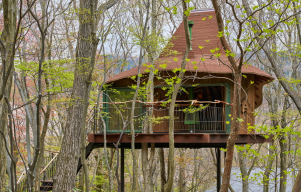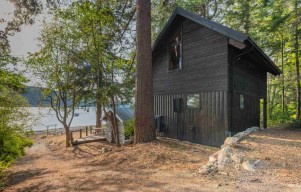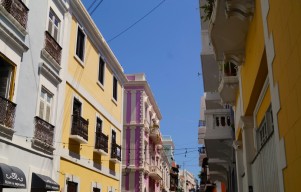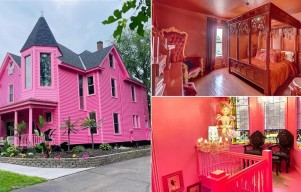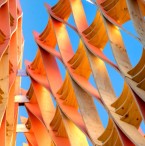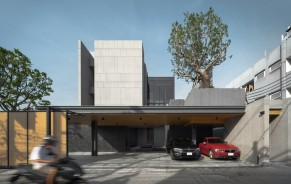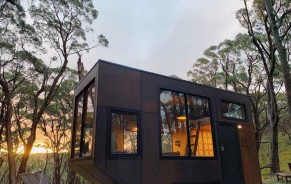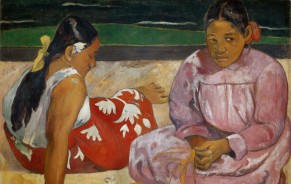Historians have lately provoked the discussion of "what if" scenarios in historical events. They have claimed myriad possibilities of history, thus freeing history from the law of determinism and addressing it as a restoring agency to the people. This includes criticism of the history of architecture.
Architecture critic Witold Rybczynski raised an interesting question of the extent of which makers' reputations would have fared if some projects had actually been constructed. He asked in Architect magazine, addressing an important event that took place in the history of architecture, "What if Eliel Saarinen had won the 1922 Chicago Tribune Tower Competition? His Art Deco design anticipated Raymond Hood's RCA Building by more than a decade and might have altered the history of the American skyscraper."
However, Saarinen's scheme for the Chicago Tribune wasn't as forward-looking as he describes. At that time in the history of architecture, the New York's 1916 zoning law was enforcing designers to sculpt skyscrapers in a far less ornamental way. Notably, the competition attracted international designers, whose designs also preceded the generic mid-century skyscrapers by three to four decades.
Also, the Tribune competition required a design that displays "the most beautiful office building in the world," instead of a "prescient building," according to The Huffington Post. The appeal of Art Deco pretty much settled at the middle ground between more embellished historical styles and minimalist modernism, which is an efficient compromise between the competition's backward and forward-thinking proposals, but is not timely.
Although Rybczynski acknowledges the possibility that Saarinen's second-place win influenced other architects, it is uncertain whether it would have really "altered the history of the American skyscraper." With the "unbuilt legacy" of architects in the history of architecture, perhaps not winning may have given more mystique to the design and more inspiration to future architects.
